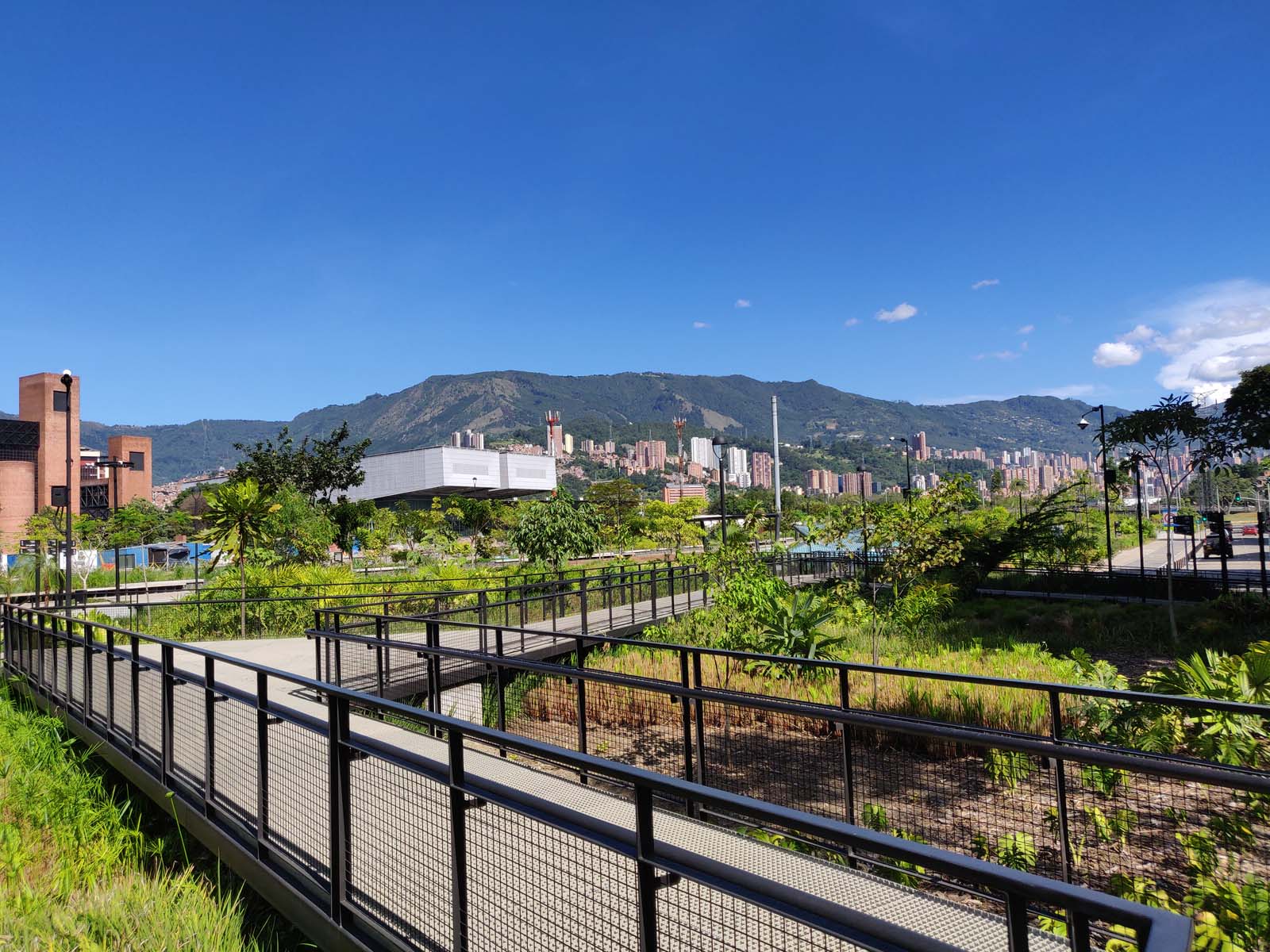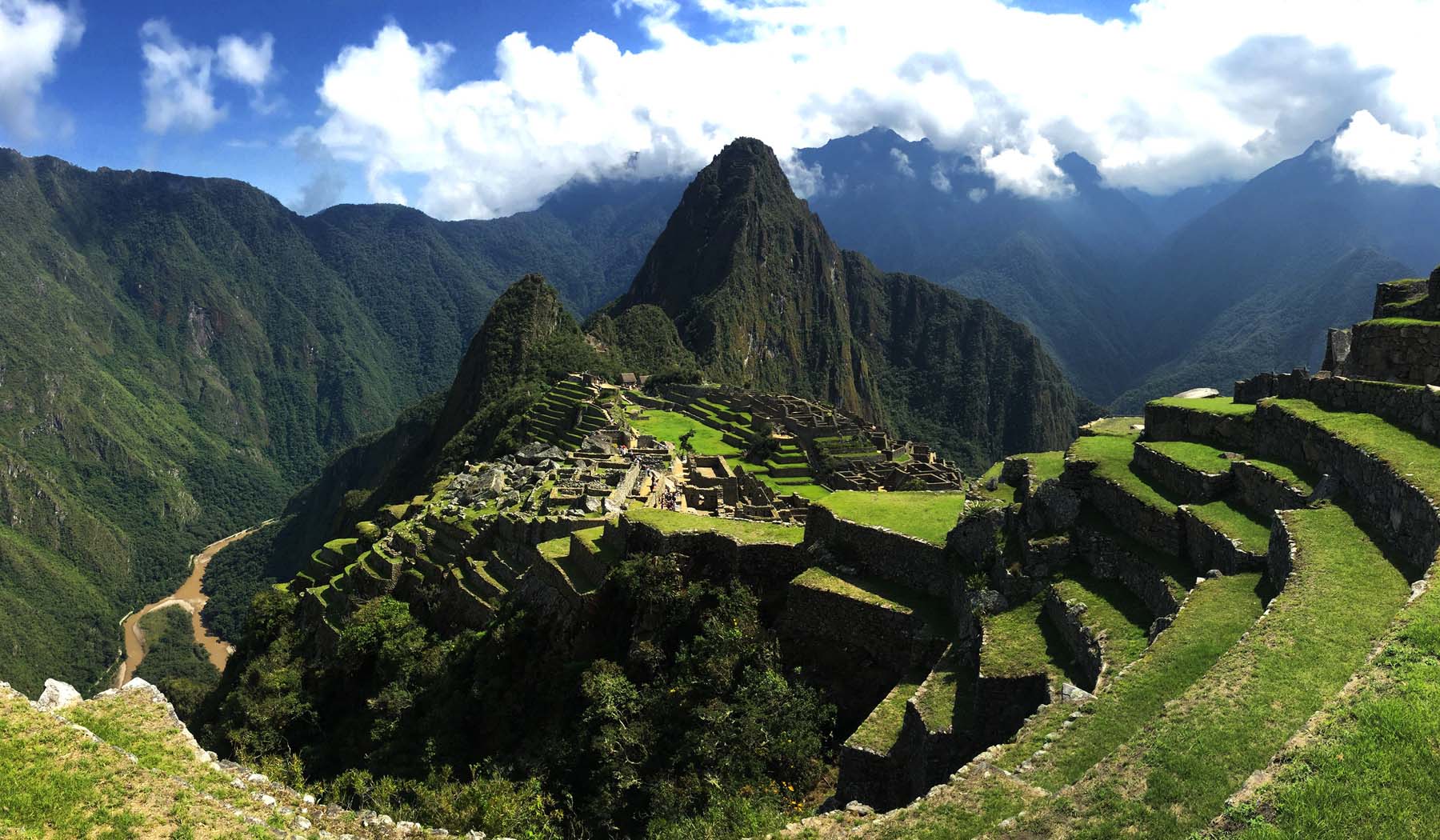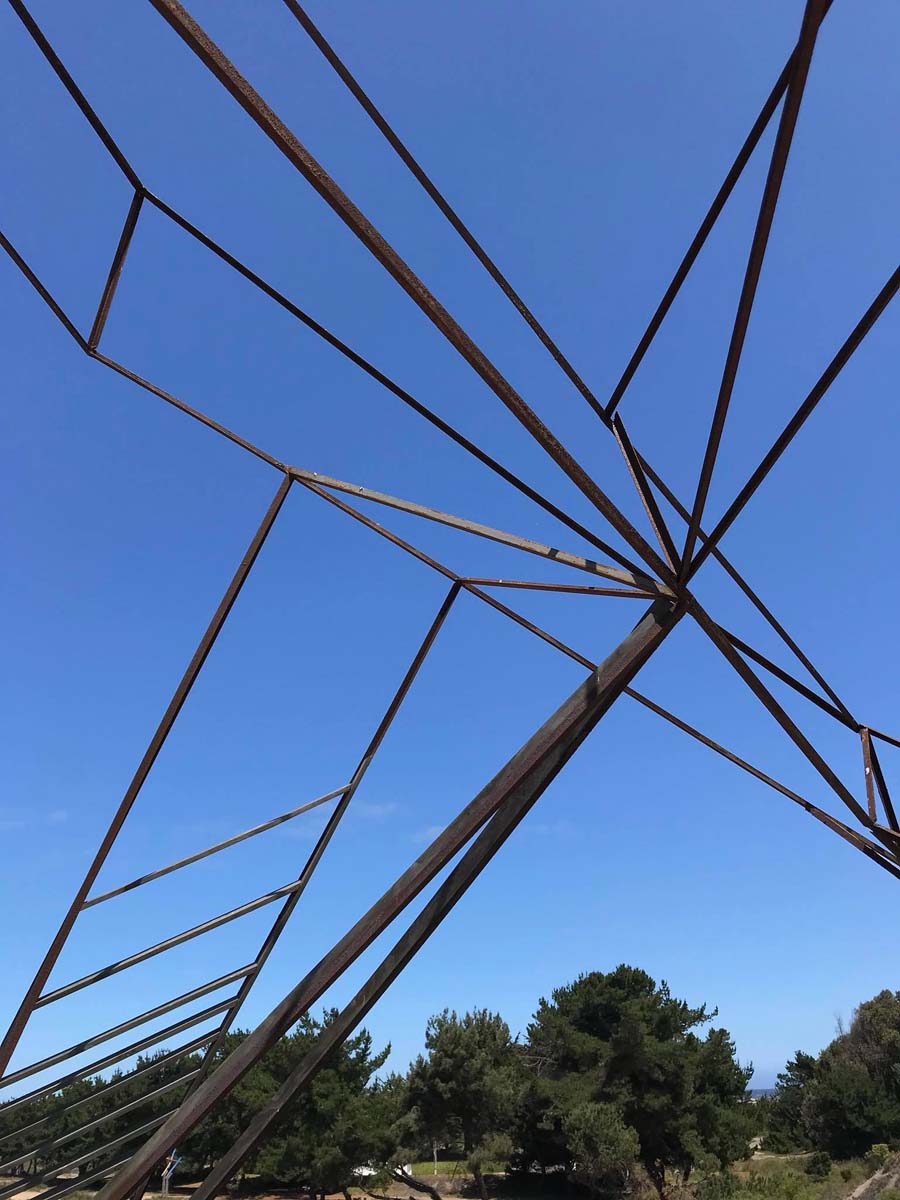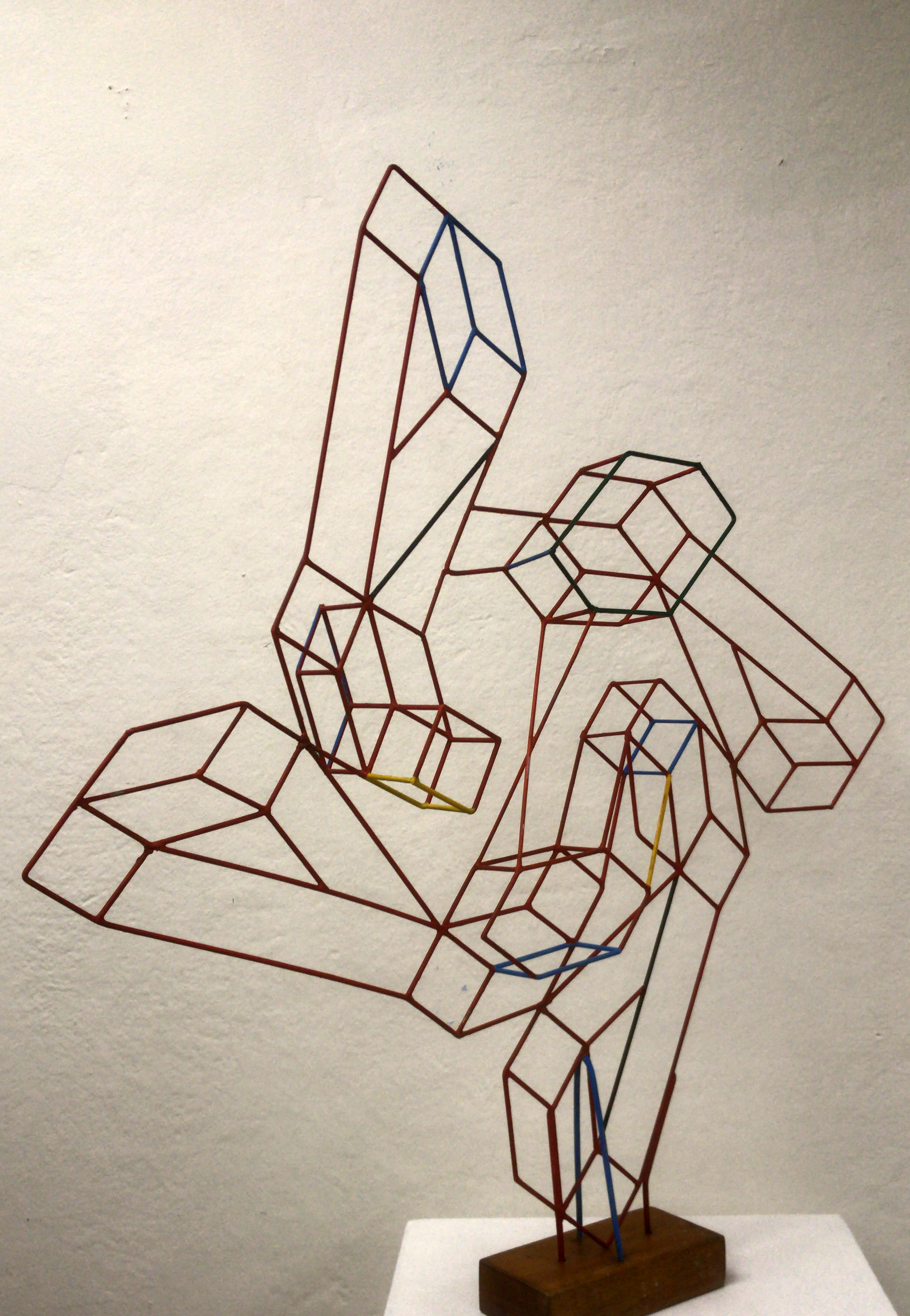Bibliography
Arango Cardinal, Silvia. Ciudad y arquitectura: Seis generaciones que construyeron la América Latina moderna. Bogotá: Fondo de Cultura económica, 2013.
Padoch, Steward, and Pinedo-Vasquez, 2014; Putzel and Ruiz, 2014
Ábalos, Inaki, and Juan Herreros. Áreas
impunidad. Distributed Art Pub Inc, 1997.de
Ábalos, Inaki, and Juan Herreros. "Una nueva naturalidad (7 micromanifestos)." 2G Revista internacional de arquitectura, nº22 dedicado a Ábalos y Herreros, Barcelona, Gustavo Gili (2002): 26-33.
Arango, S., 2012. Ciudad y arquitectura: seis generaciones que construyeron la América Latina moderna. Fondo de Cultura Económica.
Bergdoll, B., Comas, C.E., Liernur, J.F. and Del Real, P., 1980. Latin America in Construction. Architecture.
Brillembourg, C. (2004). Latin American architecture, 1929-1960: contemporary reflections. Monacelli Press.
Buell, Lawrence. "Nature and City: Antithesis or Symbiosis?." Real-Yearbook of Research in English and American Literature 26 (2010).
Busquets Grau, Joan, and Correa, Felipe. Cities x lines: a new lens for the urbanistic project= Ciudades x formas: una nueva mirada hacia el proyecto urbanístico/Ciudades x formas. Harvard University, Graduate School of Design, 2006.
Busquets, Joan. "Cities and Grids: In Search of New Paradigms." Architectural Design 83.4 (2013): 72-77.
Busquets, Joan. Barcelona: la construcción urbanística de una ciudad compacta. Ediciones del Serbal, 2004.
Canclini, N.G., 2005. Hybrid cultures: Strategies for entering and leaving modernity. U of Minnesota Press.
Cardoso, F.H. and Faletto, E., 1996. Dependencia y desarrollo en América Latina: ensayo de interpretación sociológica. Siglo xxi.
Cardoso, F.H. and Faletto, E., 1979. Dependency and development in Latin America (Dependencia y desarrollo en América Latina, engl.). Univ of California Press.
Cardoso, F.H. and Bagú, S., 1973. Problemas del subdesarrollo latinoamericano. Nuestro Tiempo, México.
Castro, Lorenzo, and Alejandro Echeverri. "Bogota and Medellin: architecture and politics." Architectural Design 81.3 (2011): 96-103.
Cronon, William.
metropolis: Chicago and the Great West. WW Norton & Company, 2009.Nature's
Davis, Mike. "Planet of Slums (2006)." London & New York: Verso (2007).
Mike Davis, “Planet of Slums: Urban Involution and the Informal Proletariat,” New Left Review 26 (2004).
De Andrade, O., 1928. Manifiesto antropófago. Revista de antropofagia, 1(1), pp.3-7.
De Melo Franco, F., Moreira, M., Braga, M. 2007 «Vazios de água» (São Paulo) en
www.usjt.br/arq.urb/numero_01/artigo_07_180908.pdf.
de Solà-Morales, Ignasi. "Terrain vague." Terrain vague: interstices at the edge of the pale (1995): 24-30.
de Solà-Morales, Manuel. Manuel de Solà-Morales: A Matter of Things. NAi Publishers, 2008.
de Solá-Morales, Manuel. "La segunda historia del proyecto urbano: the second history of the urban project." Revista anuario 5 (1987): 21-27.
de Sola-Morales, Manuel. "Ten lessons on Barcelona." Association of Architects of Catalonia, Barcelona (2008).
De Solà-Morales, Manuel. "The strategy of urban acupuncture." Structure Fabric and Topography Conference, Nanjing University. 2004.
de Solà-Morales, Manuel. "Territoris sense model." Papers: Regió Metropolitana de Barcelona: Territori, estratègies, planejament 26 (1997): 21-27.
Solà-Morales Rubió, Manuel de. "Projectar la perifèria." UR: urbanismo revista, núm. 9, 1992 (1992).
Echeverri, Alejandro, and Francesco M. Orsini. "Informalidad y urbanismo social en Medellín." Sostenible? 12 (2011): 11-24.
Echeverri, Alejandro. Medellín re-escribe sus barrios. Urbanismo social 2004-2011. Revista PRUMO, PUC-Río, Río de Janeiro 1997.
Echeverri, A. and Orsini, F., 2012. Informality and social urbanism in Medellin. Medellin: Environment, Urbanism and Society. Medellin:
URBAM-Universidad EAFIT, pp.132-156.
Frampton, Kenneth. Megaform as urban landscape.
University of Michigan, A. Alfred Taubman College of Architecture+ Urban Planning, 1999.
Frampton, Kenneth. "Seven points for the millennium: An untimely manifesto." Architectural Review 206.1233 (1999): 76-80.
Furtado, C., 1964. Desarrollo y subdesarrollo. Eudeba.
Geddes, Patrick. Cities in evolution. Williams and
norgate ltd., 1949.
Hall, Peter. Cities of tomorrow. Blackwell Publishers, 1988.
Harvey, D., 2007. Neoliberalism as creative destruction. The
annals of the American academy of political and social science, 610(1), pp.21-44.
Hecht, S.B., Morrison, K.D. and Padoch, C. eds., 2014. The social lives of forests: past, present, and future of woodland resurgence. University of Chicago Press.
Hecht, S.B., Kandel, S., Gomes, I., Cuellar, N. and Rosa, H., 2006. Globalization, forest resurgence, and environmental politics in El Salvador. World Development, 34(2), pp.308-323.
Herreros, Juan. "De la periferia al centro: la ciudad en tiempos de crisis." La ciudad, de nuevo global. 2009.
Herreros, Juan, and Antoni Muntadas. "Desvelar lo público." (2004).
Hise, Greg, and William Francis Deverell. Eden by design: The 1930 Olmsted-Bartholomew plan for the Los Angeles region. Univ of California Press, 2000.
Guerra, Juan Herreros, and Iñaki Ábalos Vázquez. "Híbridos." Arquitectura: Revista del Colegio Oficial de Arquitectos de Madrid (COAM) 290 (1992): 54-80.
Heynen, Nik, Maria Kaika, and Eric Swyngedouw. "Urban political ecology." The nature of cities: Urban political ecology and the politics of urban metabolism (2006): 1-20.
Hise, Greg, and William Deverell. "Eden by Design." (2001): 327-335.
Howard, Ebenezer, and Frederic James Osborn. Garden cities
to-morrow. Vol. 23. Mit Press, 1965.of
IPPUC, www.ippuc.org.br
Iturriaga, S. 2015 «Mapocho 42K: conectividad geográfica y social para Santiago» en Revista Ladera Sur
(Santiago) 9 julio 2015 en
para-santiago/>.
Jacobs, J., 1961. The death and life of American cities.
Jaque, Andrés. Eco-ordinary: etiquetas para la práctica cotidiana de la arquitectura= Eco-ordinary: codes for everyday architectural practices/Eco-ordinary. No. 72: 504. Oficina de Innofación Política Universidad Europea de Madrid., 2011.
Jaque, Andrés. "Ecologizar no solamente es verdear." GARCÍA-GERMÁN, Javier; MARTÍNEZ-PEÑALVER, Covadonga. Con-textos (2008): 17-23.
Leatherbarrow, D. (2009). Entre el suelo y el cielo o memoria cultural e invencion en los paisajes latinoamericanos contemporáneos. In Nueva arquitectura del paisaje latinoamericana= New latin american landscape architecture(pp. 4-10). Editorial Gustavo Gili.
Lee, K.N., Freudenburg, W. and Howarth, R., 2012. Humans in the landscape: an introduction to environmental studies. WW Norton & Company.
Lerner, Jaime. Urban acupuncture. Island Press, 2014.
Martignoni, J., 2008. Latinscapes.: Landscape as raw material.
McHarg, Ian L., and Lewis Mumford. Design with nature. New York: American Museum of Natural History, 1969.
Mostafavi, Mohsen, and Gareth Doherty, eds. Ecological urbanism. Baden: Lars Müller Publishers, 2010.
NU.CEPAL. Estudio Económico de América Latina y el Caribe 2015: desafíos para impulsar el ciclo de inversión con miras a reactivar el crecimiento. Estudio económico de América Latina y el Caribe. 2015-08.
Rossetti, F., 2009. Arquitectura del paisaje en Chile: hacia un quehacer contemporáneo. Ocho Libros.
Storper, M., Kemeny, T., Makarem, N. and Osman, T., 2015. The Rise and Fall of Urban Economies: Lessons from San Francisco and Los Angeles. Stanford University Press.
Swyngedouw, Erik, Maria Kaika, and Nikolas C. Heynen, eds. In the nature of cities: urban political ecology and the politics of urban metabolism. Routledge, 2006.
Traba, Marta. Dos décadas vulnerables en las artes plásticas latinoamericanas (1950-1970). México, 1973.
Traba, M. (1994). Arte de América latina, 1900-1980 (p. 89). Nueva YorkWashington: Banco Interamericano de Desarrollo.
UNFPA, U. and UN-HABITAT, I.O.M., 2013. Population dynamics in the post-2015 development agenda: Report of the global thematic consultation on population dynamics. United Nations. URL http://www. worldwewant2015. org/file/313464/download/340868.
Vanek, J., Chen, M.A., Carré, F., Heintz, J. and Hussmanns, R., 2014. Statistics on the informal economy: Definitions,
and challenges. Working Informal Migrant Entrepreneurship and Inclusive Growth Migration Policy Series, (68).estimates regional
Waldheim, Charles. "Landscape urbanism: a genealogy." Praxis 4.10 (2002).
Wallerstein, I.M., 2004. World-systems analysis: An introduction. Duke University Press.
Williams, Raymond. The country and the city. Vol. 423. Oxford University Press, USA, 1975.























0개의 댓글
댓글 정렬